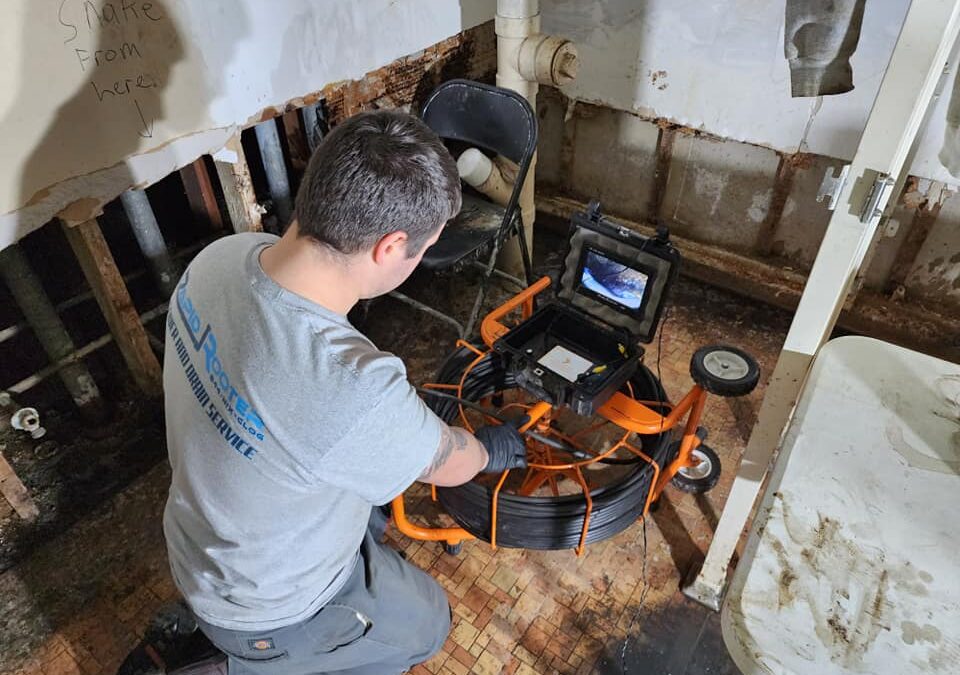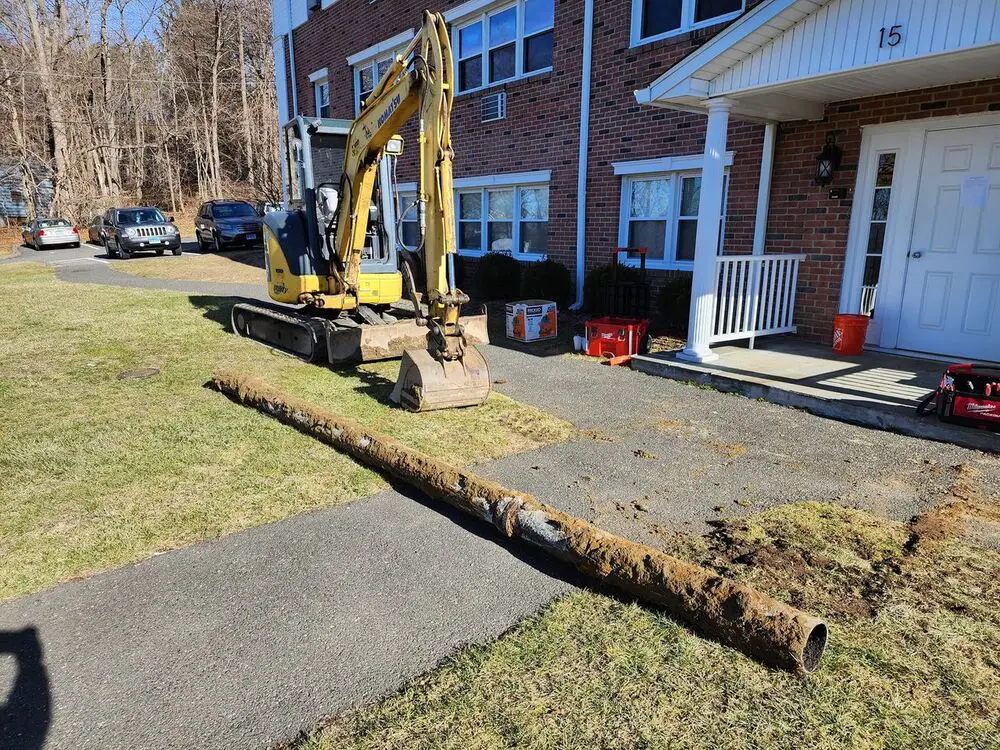Appropriate maintenance of the sewage system is essential for the smooth running and hygienic conditions of any property, whether residential or commercial. But in this digital era’s busy life, certain things often go overlooked until they become significant challenges. A belly in the sewer line is one of these problems. Even though it could seem harmless, if a pipe belly is neglected, serious problems might arise. We will investigate the reasons for the urgent need to treat a pipe belly in this in-depth analysis, looking at its sources, possible effects, and the essential actions for a successful resolution.
What is Pipe Belly, and How is it Formed?
A belly in the pipe is a low area in a sewage line where debris and wastewater may build up due to a sag or dip. This pipe’s departure from its typical slope obstructs the flow of sewage, which may cause backups, obstructions, and even damage to the sewer system.
Over time, pipe bellies can develop from a variety of causes, including soil settling, incorrect installation, or pipe material degradation. Pipe bellies may also be caused by tree root incursion, soil erosion, and seismic activity.
The Severity of the Issue: How Serious Is a Belly in a Sewer Line?
Wastewater cannot flow naturally through a pipe belly, which causes the sewage to build up and stagnate in the damaged area of the pipe. Blockages, increased pressure on the pipe walls, and even structural damage might result from this. Sewage backups into the property are possible in extreme circumstances, which may result in serious health hazards and significant property damage.
The Importance of Timely Intervention
Preventing Further Damage:
It is essential to swiftly repair a pipe belly in the sewer line in order to avert more harm to the neighboring property and sewer system. This may reduce the likelihood of structural collapse, sewage backups, and significant water damage.
Preserving Property Value:
Maintaining a functional sewage system is essential for preserving the marketability and value of a property. Properties with persistent sewage problems, such as pipe bellies, can cause issues during inspections and resale transactions. Timely pipe belly repair services can protect the property’s investment value and enhance its appeal to buyers.
Exploring Repair Options: How to Fix a Belly in a Sewer Line
Traditional Repair Methods:
Excavation, pipe replacement, and relining are some of the conventional techniques for pipe belly repairs. Excavation is the process of removing the broken pipe from the sewage system and replacing it with a new one. Although this method works well, it is expensive, disruptive, and requires a lot of effort and repair work.
Modern Techniques and Technologies:
Technological developments in sewage repair provide less disruptive alternatives to dealing with sewer pipe bellies. Sewer line rehabilitation is possible without requiring a lot of excavation because of trenchless repair techniques, including pipe bursting and cured-in-place pipe (CIPP) lining. These techniques are perfect for minimizing pipe bellies since they are quicker, less invasive, and more economical than typical repairs.
Does a Sewer Line Belly Need to Be Replaced?
The extent of the damage and the state of the nearby sewage infrastructure determine whether a pipe belly can be fixed or has to be replaced. For this, a skilled sewer professional performs a comprehensive investigation.
The age of the sewage system, the existence of further flaws, and the preferences and budget of the property owner are some of the elements that affect the choice to replace or repair a pipe belly. While little issues may be fixed using repair methods, extensive damage or reoccurring problems could need complete pipe replacement to guarantee long-term dependability.
Preventive Measures: Minimizing the Risk of Future Pipe Bellies
Regular Inspection and Maintenance Practices:
To find and fix any sewage issues before they worsen, routine maintenance and inspection services are crucial. Plan to have regular sewer camera inspections to evaluate the state of the pipes and identify any early signs of damage or degradation.
Implementing Proper Installation Techniques:
Pipe bellies in newly installed sewage lines may be avoided with careful installation methods. To encourage effective drainage and reduce the chance of settling or sagging, make sure that pipes are fitted with the proper slope and alignment.
Adopting Proactive Sewer System Management Strategies:
Taking proactive steps to lessen pipe stress and lower the chance of damage is known as proactive sewer system management. Steer clear of growing plants or trees close to sewage lines, as root incursion may aggravate pipe bellies and lead to other issues. To reduce the amount of oil and debris that enters the sewage system, teach tenants how to use and dispose of their waste properly.
Final Words on Pipe Belly Repair
In summary, a pipe belly in a sewer line is an issue that must be addressed right away. Ignoring the problem can have a domino effect, resulting in property damage, health risks, and sewage backups. Property owners can preserve the value of their assets and their sewage systems by being aware of the causes and consequences of pipe bellies and making prompt repairs. To choose the best and most economical course of action for dealing with pipe bellies, don’t forget to speak with the knowledgeable Danbury sewer line repair experts at Rapid Rooter and consider all of your repair options. You can ensure the durability and reliability of your sewage system for many years to come by performing proactive maintenance and taking preventative measures.


